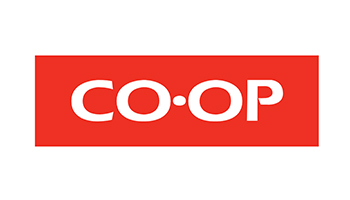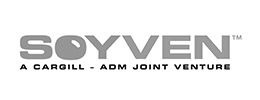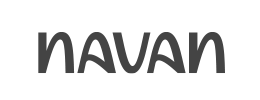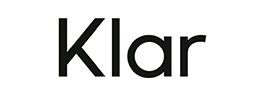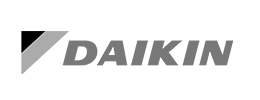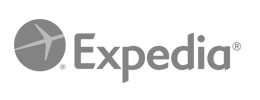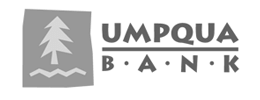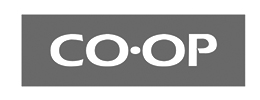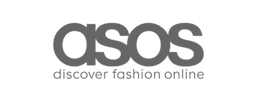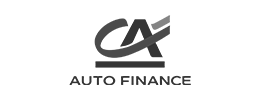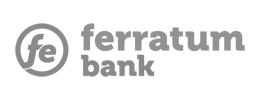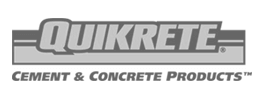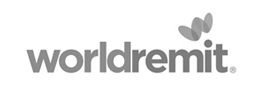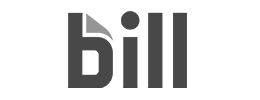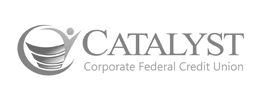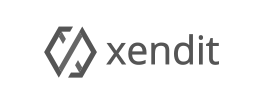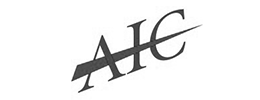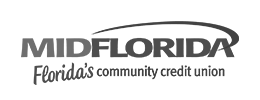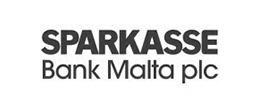How to navigate the learning curve in the era of AI reconciliation
AI reconciliation is anticipated to change profoundly the way we match transactions and reconcile accounts at period end. Moreover, change is evident in they way get trained in new reconciliation tools and in the approach to learning and retaining process knowledge.
Climbing the learning curve in AI reconciliation software adoption
When selecting a reconciliation software solution, one of the most critical factors is ease of adoption. If the team does not feel confident and comfortable using the tool, the implementation project may never gain momentum. Developing proficiency with new tools requires commitment. When learning objectives are clearly defined and positive outcomes last, the process becomes both engaging and rewarding.
In many ways, configurable reconciliation software has its own learning curve—both for the user and the system itself. Users must learn the software’s “language” to teach it how to perform manual and repetitive tasks, to handle complexity consistently and intelligently. Once the fundamentals are understood, reconciliation software can unlock significant efficiencies.
The role of intuitive interfaces, AI reconciliation assistants and evolving training methods
Accountants and finance professionals operate under tight deadlines, especially during month-end close. They rarely have the luxury of time to explore new systems or participate in extensive training programs. For reconciliation software to be adopted successfully, it must offer an intuitive interface and familiar commands—often modeled after tools like Excel, which remain a staple in the accounting world.
However, the landscape is changing. Machine learning and AI have revolutionized how users interact with software. Learning modes evolve and allow a more bespoke experience. For example, natural language prompts are transforming communication between humans and systems, making it easier to harness complex tools.
That said, this technology is still evolving. Human oversight remains essential across numerous cycles of trial and error, correction and reinforcement, as AI models can misinterpret data or produce inaccurate results. ReconArt leverages AI to bridge the language gap—helping users manage rule syntax, test and create rules, and explain logic to others. But it does so with a clear understanding that human validation remains irreplaceable.
Documenting the process: Restoring clarity and transparency
ReconArt’s Reconciliation Maturity Model emphasizes three pillars: data quality, technology sophistication, and process knowledge. Of these, process knowledge is often the most neglected. It encompasses understanding business rules, reconciliation logic, and exception handling. Unfortunately, this knowledge is frequently undocumented—an informal playbook buried in spreadsheets, handwritten notes, or anecdotal memory. As a result, knowledge sharing becomes inconsistent and fragmented, obstructing the effective training of new team members and forcing them to invent the wheel all over again.
In early stages of reconciliation maturity, organizations often tolerate:
- Undefined reconciliation rules: No clear criteria for what constitutes a match.
- Unclear business logic: Process structure exist only in individuals’ minds.
- Unspecified exception categories: No system for classifying outstanding items.
- Lack of root cause analysis: Focus remains on symptoms, not underlying issues.
- Knowledge concentration risk: Critical know-how is confined in a small exclusive circle.
Transitioning from tribal knowledge to institutionalized knowledge is essential. It means democratizing access to reconciliation logic and creating a shared map of best practices that would guide the team away from known pitfalls. This not only improves consistency and safeguard against arbitrary decision-making. Ultimately, ReconArt serves as a unified, auditable repository for data, workflows, and process documentation—eliminating fragmentation and enabling clear, traceable logic.
Skill transfer and retention: building organizational continuity
One of the most disruptive moments for reconciliation teams is the departure of a power user or administrator who originally configured the system. In that case, without proper documentation and knowledge transfer, continuity suffers, and the transition can be rocky.
ReconArt addresses this challenge by ensuring that the solution is business-owned. Daily users—not external consultants—are in control of system configuration and change. Reconciliation is inherently collaborative, and documenting both successes and failures builds institutional knowledge and organizational maturity. This foundation supports best-practice reconciliation, which ReconArt continuously promotes.
Training with ReconArt: empowering users from day one
ReconArt’s training model is designed to empower users from the outset. During implementation, expert-level skills are transferred to key client users through a collaborative, hands-on approach. The “train-the-trainer” model ensures that these users become self-sufficient, capable of managing daily administration, onboarding new processes, and training their teams.
In summary, key principles of ReconArt’s training approach include:
- Practical, hands-on experience
- Incremental skill-building on a solid foundation
- Encouragement of team collaboration and continuity
Typically, clients select two of their most complex reconciliation processes for the initial onboarding. These are configured step-by-step in interactive online sessions, intertwined with the implementation project. A ReconArt product specialist leads the training for 2–3 future administrators, who then take responsibility for internal training. Independence from external professional services and self-sufficiency of the core operational team are factors for effective knowledge retention.
Ongoing learning and skill refreshing
ReconArt grants access to an online learning and certification portal with varied content. The platform provides self-paced courses organized by functionality and user proficiency. Resources include video tutorials, step-by-step guides, and demonstrations. This flexible format allows users to prioritize learning based on their immediate responsibilities and preferred pace.
In order to support continuous learning, ReconArt accommodates on-demand refresher sessions. These are particularly useful when clients identify knowledge gaps post-implementation or when new product features are released.
Looking ahead: structuring knowledge for AI reconciliation
As reconciliation evolves toward predictive analytics and greater AI autonomy, structured and verified knowledge becomes even more critical. The future of reconciliation depends on preserving institutional insights, validating logic, and ensuring that AI reconciliation systems operate within a framework of human oversight and accountability.
ReconArt is committed to supporting this journey—empowering teams to develop skills, share knowledge, and establish resilient, mature reconciliation processes.

 follow our blog
follow our blog